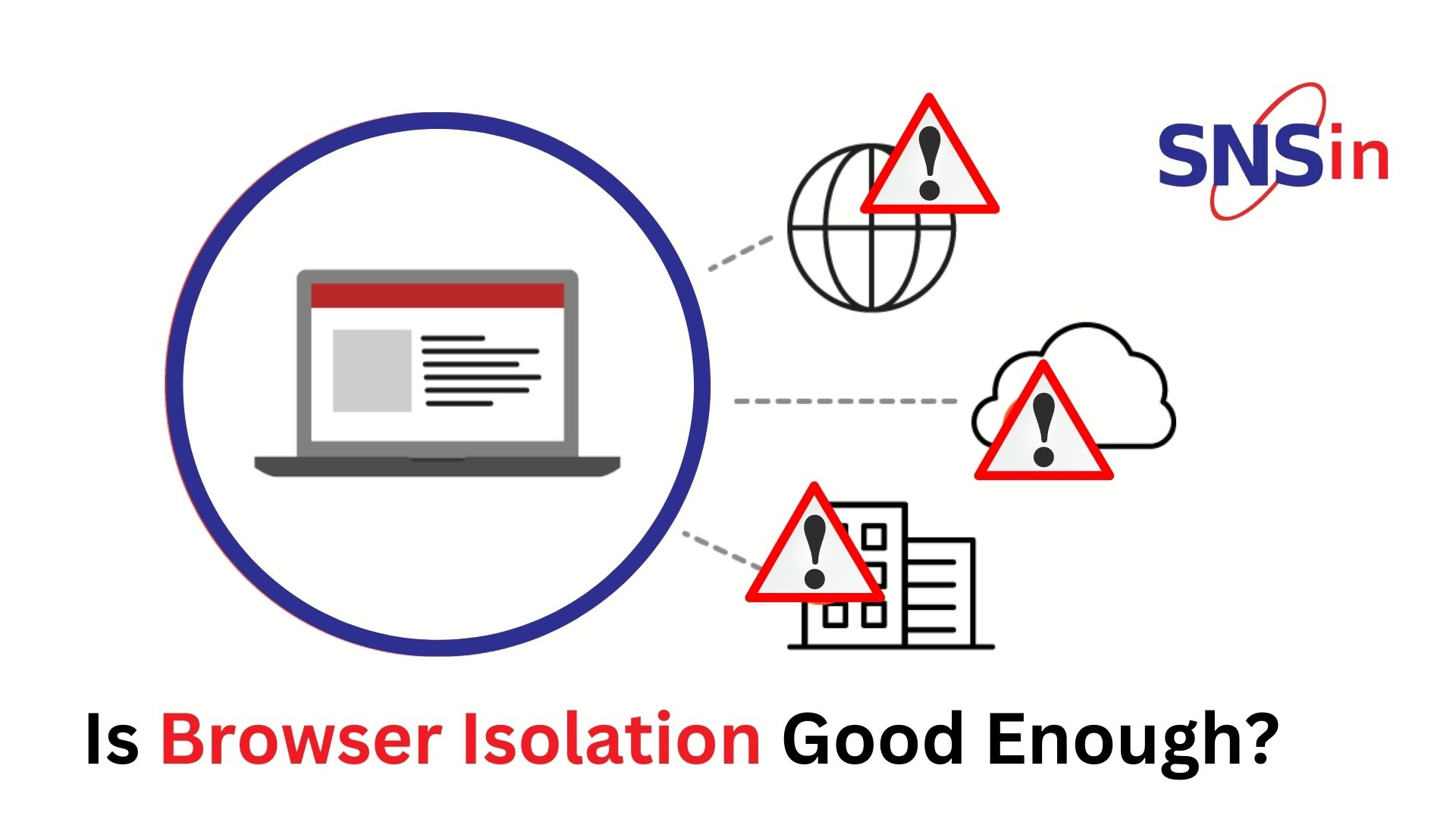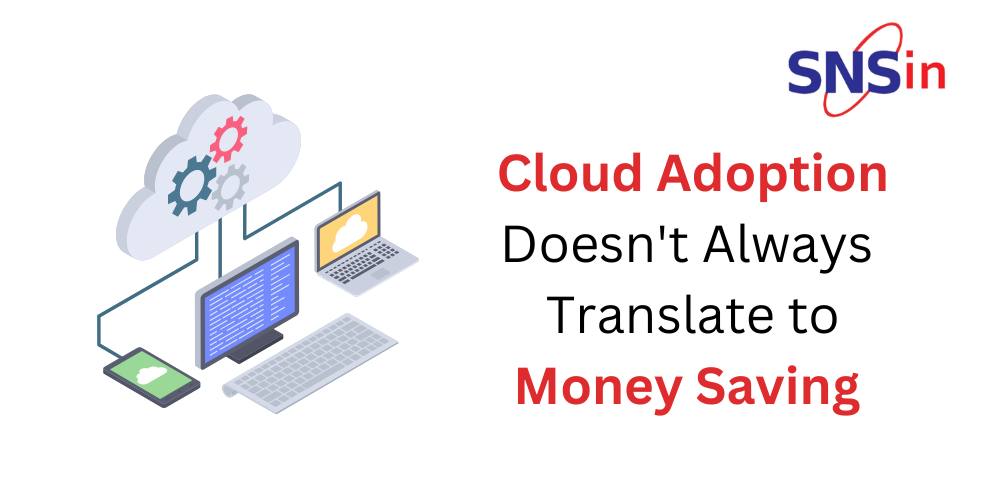What is Browser Isolation? Browser isolation is a technique used to separate a user’s web activities from the remaining computing ecosystem. It is like making a ‘sandbox’ that isolates browsing activities from the system. This method confines any malicious malware or code encountered during a session within the sandbox, preventing it from spreading to the rest of the system. Virtualization, containerization, or cloud-based isolation are some ways to achieve this sandbox. Local browser isolation at the OS level or application level uses a sandbox technique to separate the browser from the device. It is resource & administration-intensive, that requires more control and monitoring. It also requires specific hardware and software components. Also, a third-party provider delivers remote browser isolation as a service. A few Enterprises run it on a separate server linked to the corporate network. When a user accesses a webpage on a system, this service establishes an isolated browsing session in a disposable containerized environment. The page is presented to users for browsing as a rendering service. Keyboard and mouse inputs are sent to the isolation service through an encrypted channel. Also, the updates to the webpage are sent back to the endpoint device. Due to this arrangement, hidden malware or viruses on the page are unable to reach the endpoint.
Benefits of Browser Isolation
This technique offers several benefits.- It protects against a wide range of online threats, like malware, phishing, and drive-by downloads. The sandbox confines the malicious code and stops it from infecting the rest of the computer.
- It also helps protect against zero-day attacks, which exploit vulnerabilities in software that have not yet been patched or discovered.
- It helps improve performance and reduce the risk of data theft. It separates any data that is accessed during a browsing session to compromise or leak any information from the rest of the system.
Drawbacks of Browser Isolation
It is essential to note that browser isolation is not entirely foolproof.- Though it can protect against a wide range of cyber threats, there is always a possibility that new and emerging threats can bypass the barrier created for isolation. As such, browser isolation is only one aspect of a broader security strategy that an organization must implement and includes techniques such as anti-malware software and network security measures.
- It is expensive. Many other services are required to be used in tandem, which increases the cost.
- It also requires a large amount of bandwidth to take care of latency issues.
Conclusion
Before implementing any strategy for security in the technological environment, organizations must weigh all options and their viability. It is crucial that best practices are followed to supplement the basic protection that is provided by browser isolation. It is necessary to use it as part of a comprehensive security strategy, not as the only one. We welcome queries & requirements, please write us at [email protected]. ![]()




